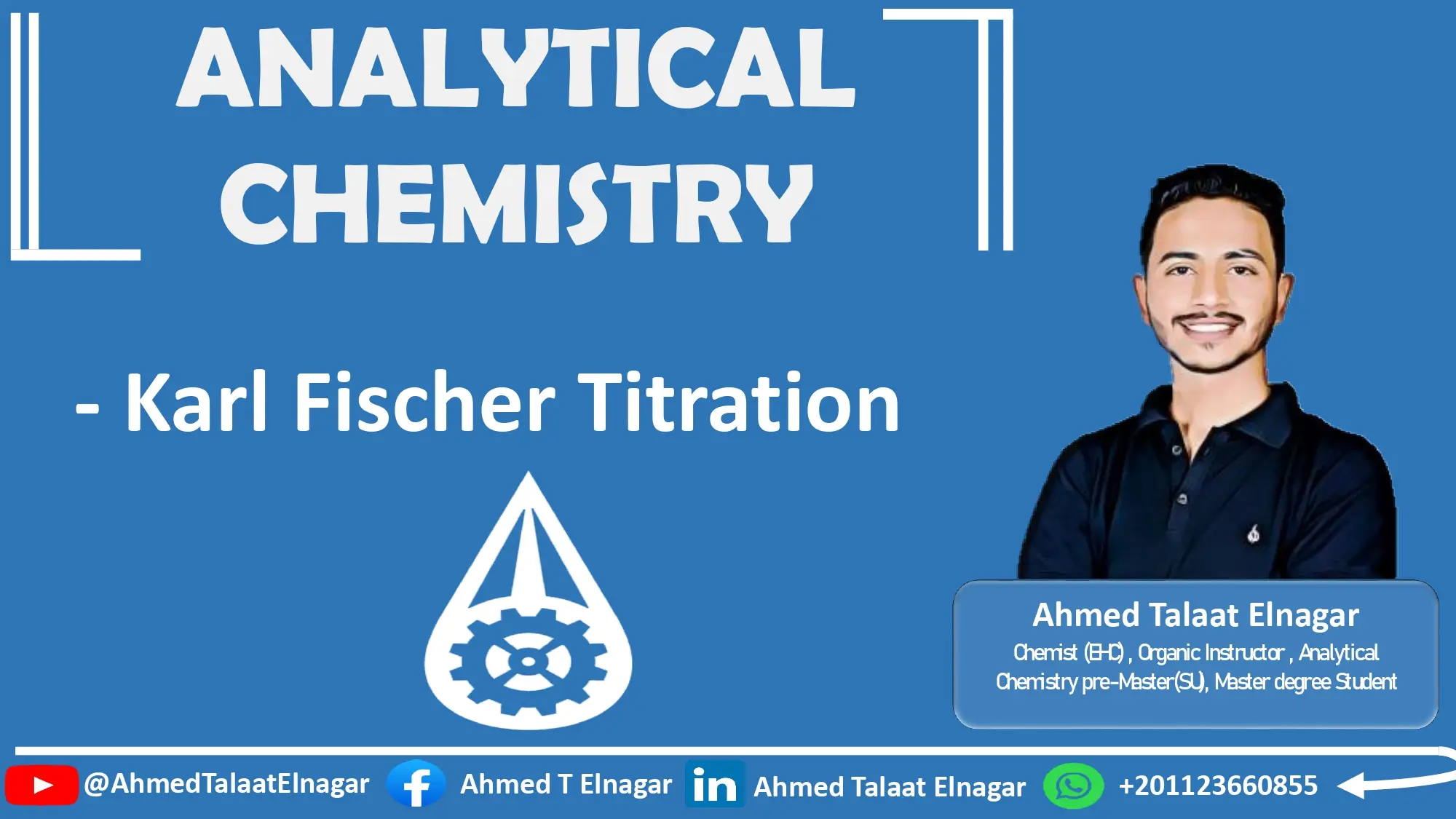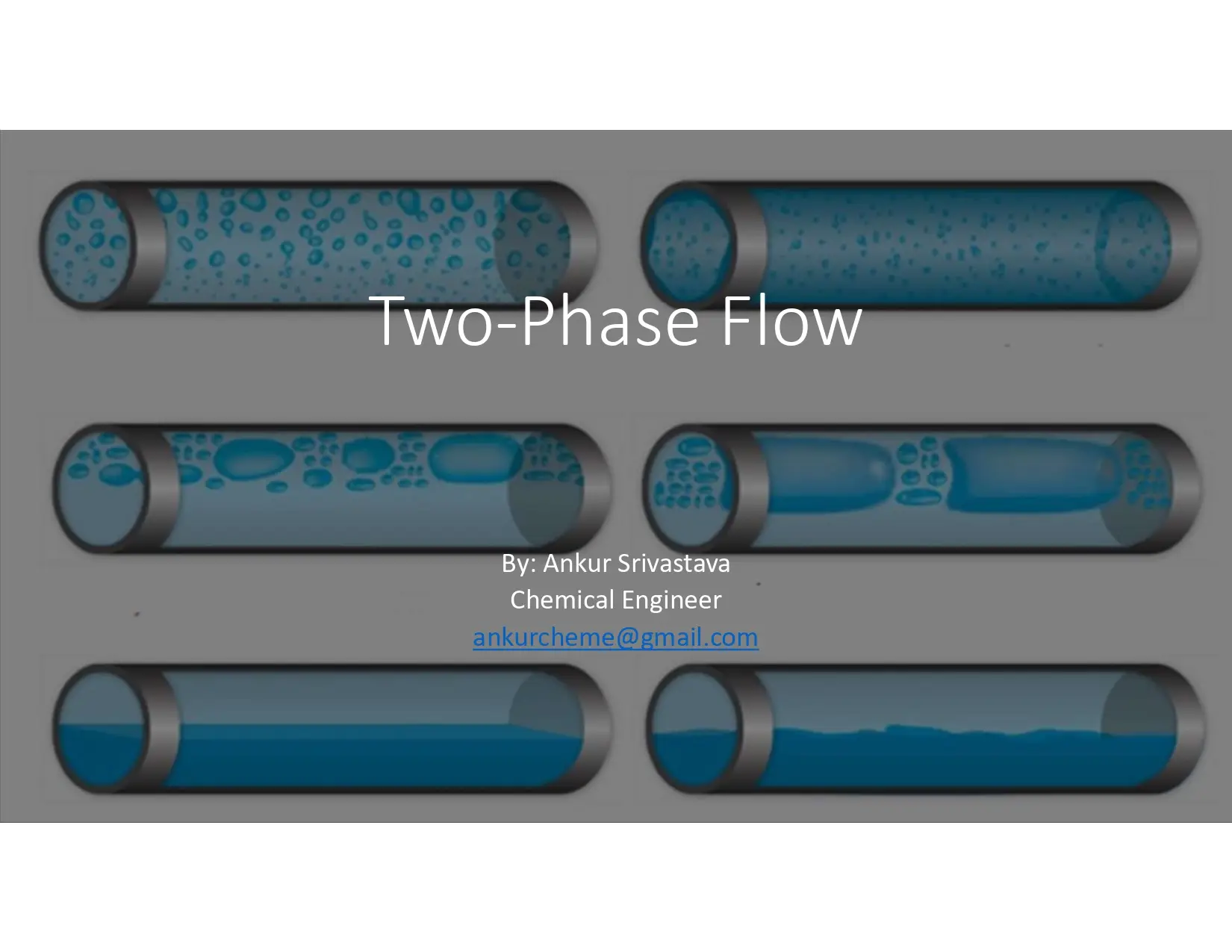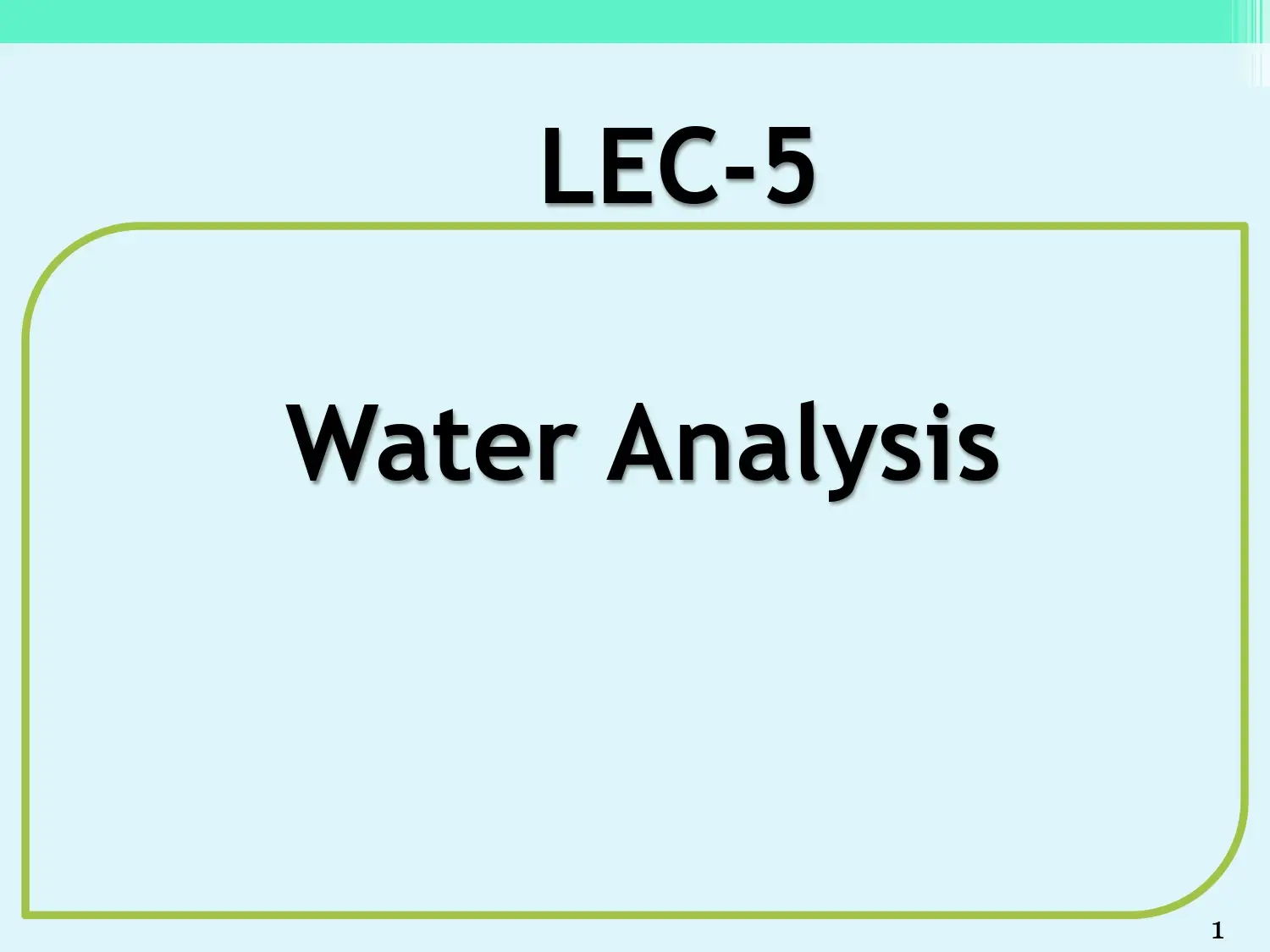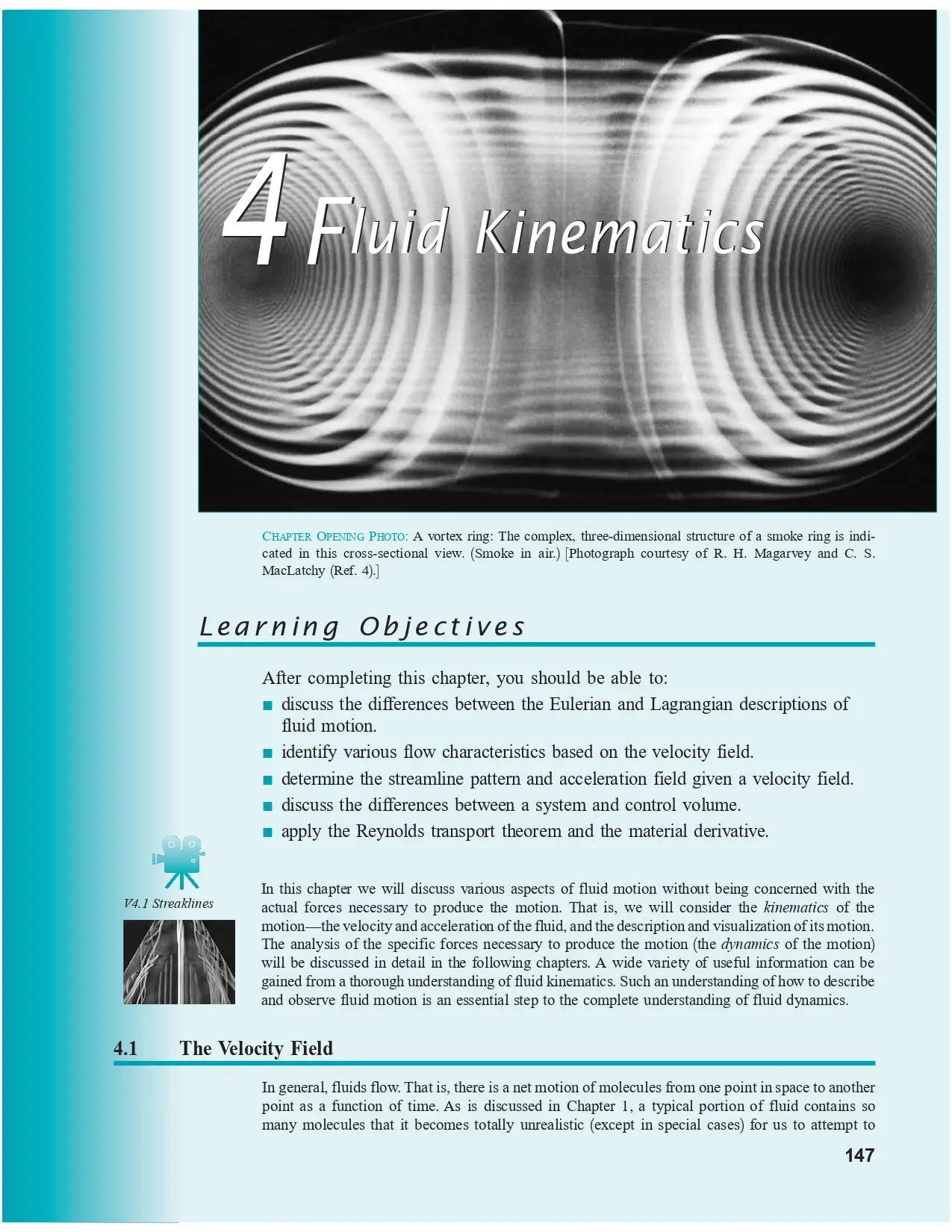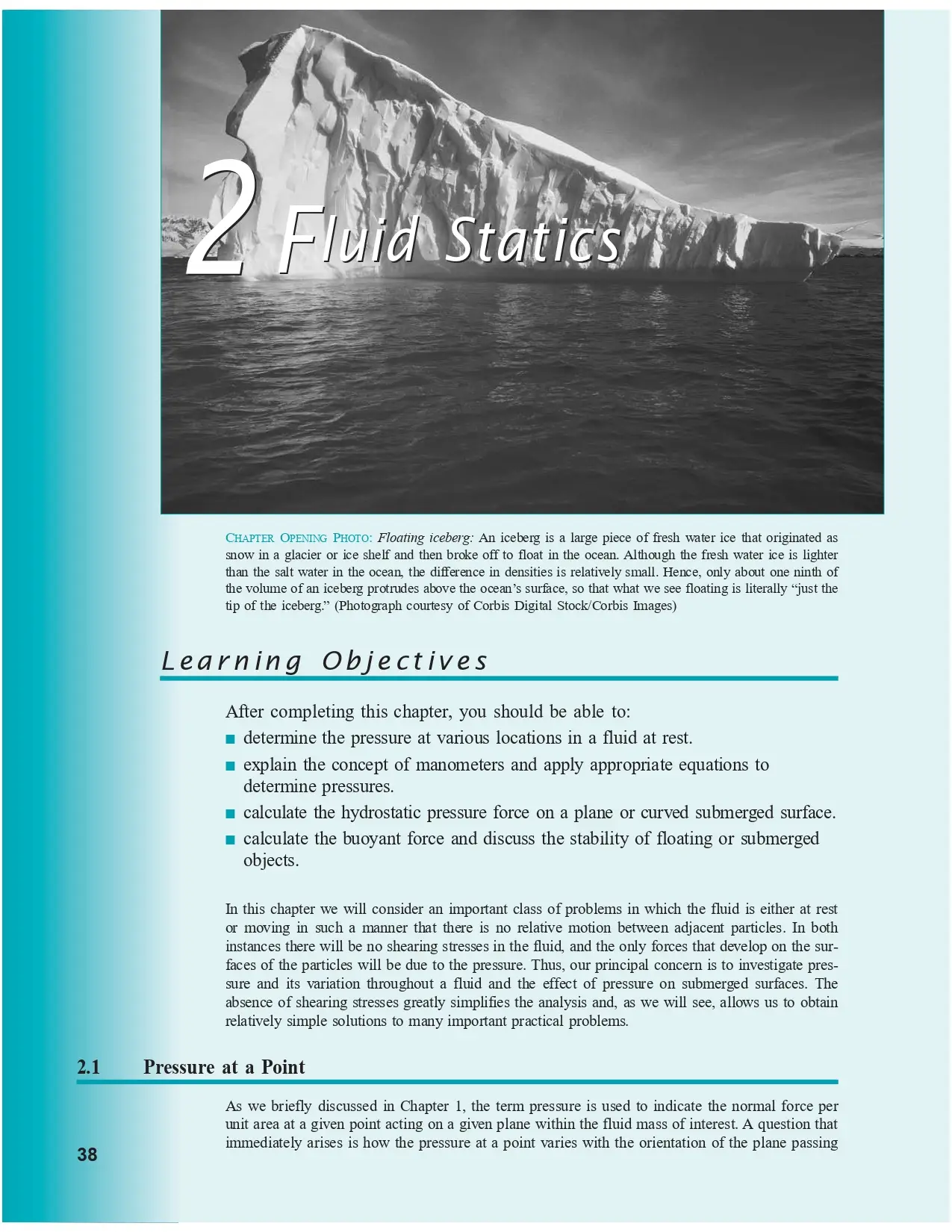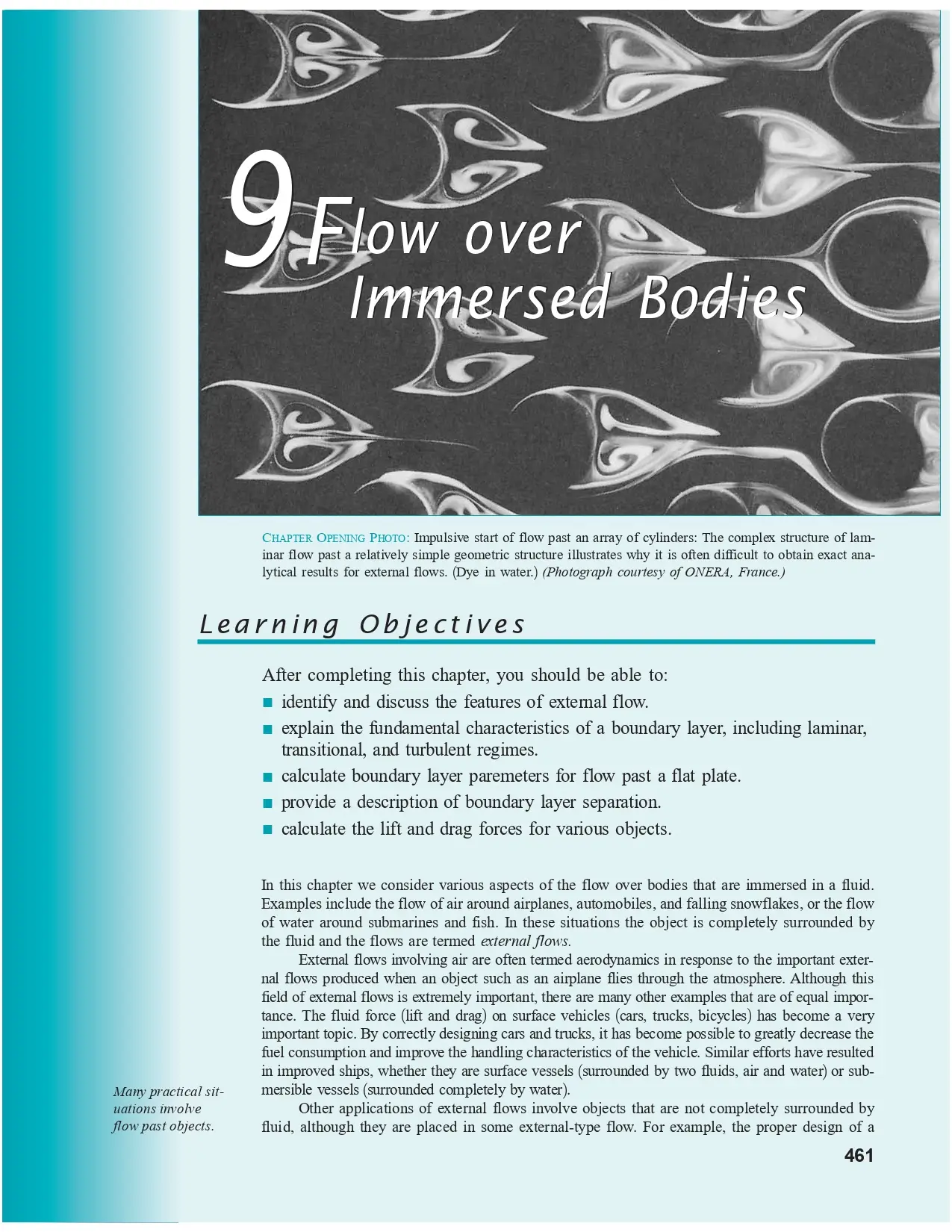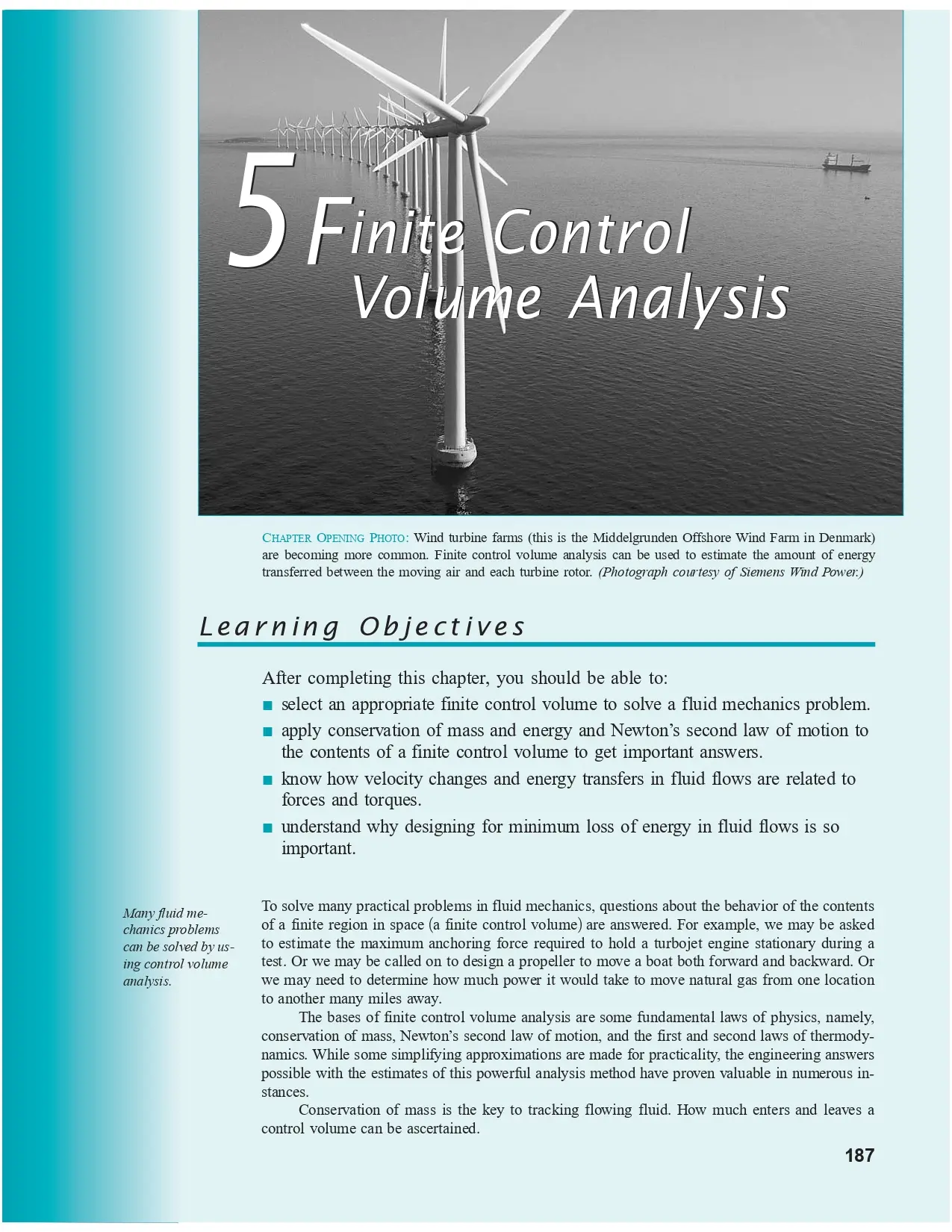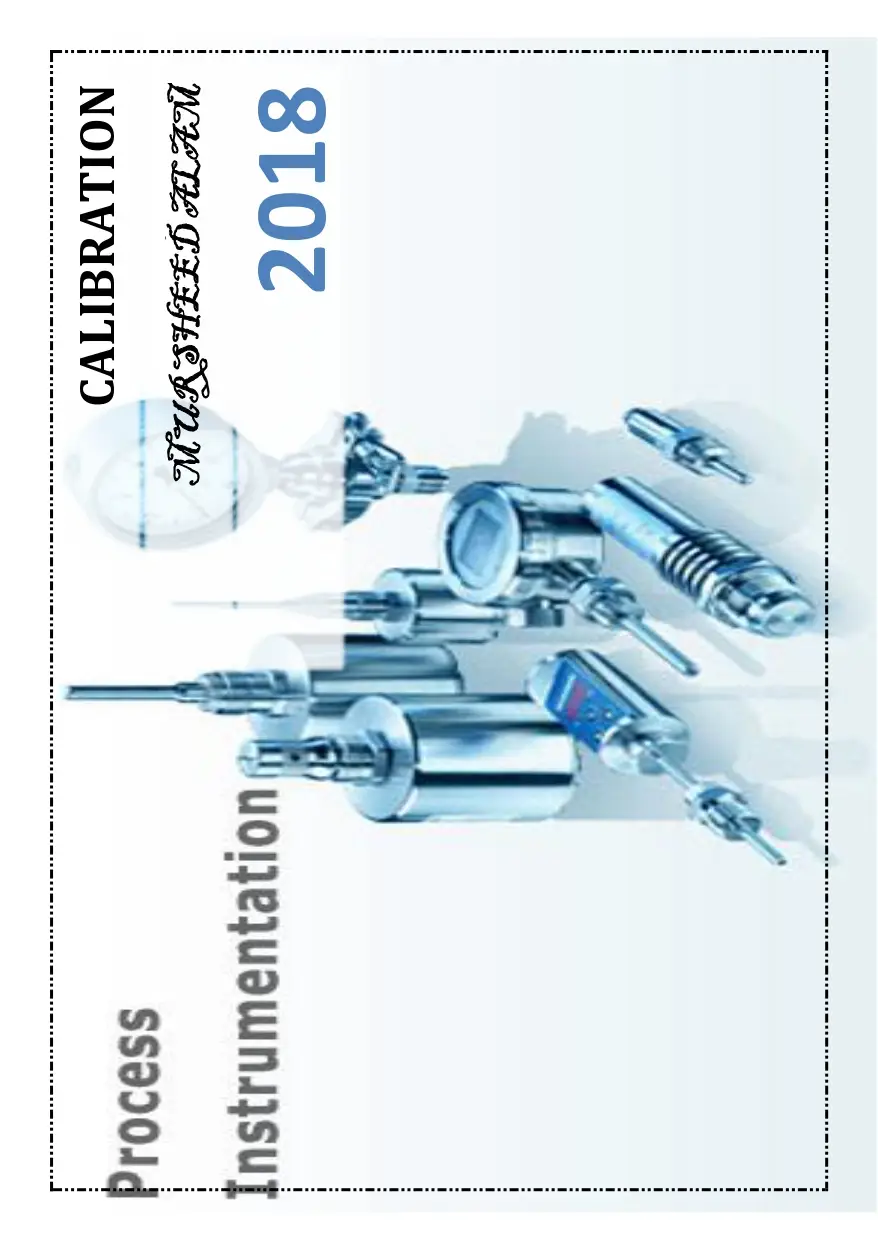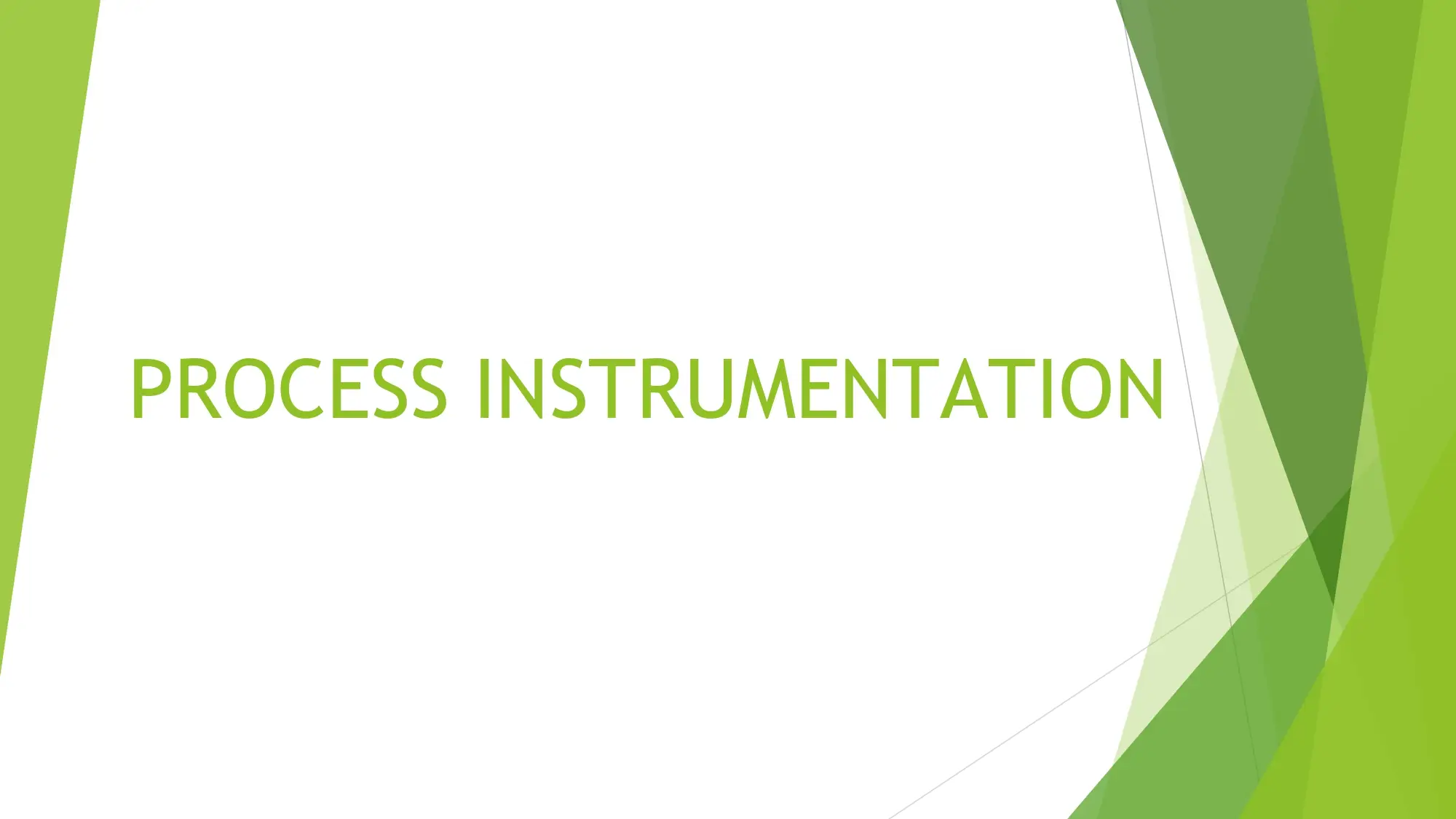Two-Phase Flow
• More complex than single-phase flow
• Physical properties such as density and viscosity of the flowing fluid are considered as mixture (gas-liquid)
• Flow velocity in the conduit (pipe or any other geometrical shape) is conceptualized as “Superficial Velocity”
• The basis of flow correlations is single-phase but the further developed correlations have a lot of empirical & experimental data embedded in them
• The concept of “Holdup” is applied for either phase
Two-Phase Flow
• More complex than single-phase flow
• Physical properties such as density and viscosity of the flowing fluid are considered as mixture (gas-liquid)
• Flow velocity in the conduit (pipe or any other geometrical shape) is conceptualized as “Superficial Velocity”
• The basis of flow correlations is single-phase but the further developed correlations have a lot of empirical & experimental data embedded in them
• The concept of “Holdup” is applied for either phase
4 Fluid Kinematics
In this chapter we will discuss various aspects of fluid motion without being concerned with the actual forces necessary to produce the motion. That is, we will consider the kinematics of the motion—the velocity and acceleration of the fluid, and the description and visualization of its motion. The analysis of the specific forces necessary to produce the motion 1the dynamics of the motion2 will be discussed in detail in the following chapters.
4 Fluid Kinematics
In this chapter we will discuss various aspects of fluid motion without being concerned with the actual forces necessary to produce the motion. That is, we will consider the kinematics of the motion—the velocity and acceleration of the fluid, and the description and visualization of its motion. The analysis of the specific forces necessary to produce the motion 1the dynamics of the motion2 will be discussed in detail in the following chapters.
2 Fluid Statics
In this chapter we will consider an important class of problems in which the fluid is either at rest or moving in such a manner that there is no relative motion between adjacent particles. In both instances there will be no shearing stresses in the fluid, and the only forces that develop on the surfaces of the particles will be due to the pressure.
2 Fluid Statics
In this chapter we will consider an important class of problems in which the fluid is either at rest or moving in such a manner that there is no relative motion between adjacent particles. In both instances there will be no shearing stresses in the fluid, and the only forces that develop on the surfaces of the particles will be due to the pressure.
9 Flow over Immersed Bodies
In this chapter we consider various aspects of the flow over bodies that are immersed in a fluid. Examples include the flow of air around airplanes, automobiles, and falling snowflakes, or the flow of water around submarines and fish. In these situations the object is completely surrounded by the fluid and the flows are termed external flows.
9 Flow over Immersed Bodies
In this chapter we consider various aspects of the flow over bodies that are immersed in a fluid. Examples include the flow of air around airplanes, automobiles, and falling snowflakes, or the flow of water around submarines and fish. In these situations the object is completely surrounded by the fluid and the flows are termed external flows.
5 Finite Control Volume Analysis
To solve many practical problems in fluid mechanics, questions about the behavior of the contents of a finite region in space 1a finite control volume2 are answered. For example, we may be asked to estimate the maximum anchoring force required to hold a turbojet engine stationary during a test. Or we may be called on to design a propeller to move a boat both forward and backward. Or we may need to determine how much power it would take to move natural gas from one location to another many miles away.
5 Finite Control Volume Analysis
To solve many practical problems in fluid mechanics, questions about the behavior of the contents of a finite region in space 1a finite control volume2 are answered. For example, we may be asked to estimate the maximum anchoring force required to hold a turbojet engine stationary during a test. Or we may be called on to design a propeller to move a boat both forward and backward. Or we may need to determine how much power it would take to move natural gas from one location to another many miles away.


